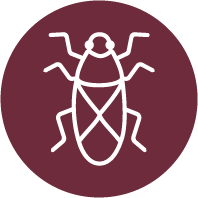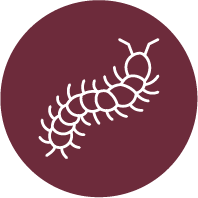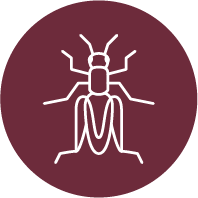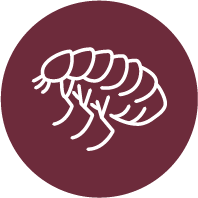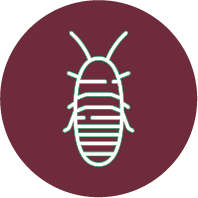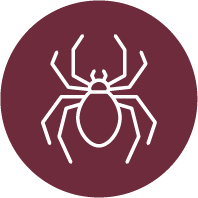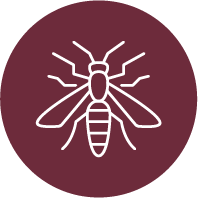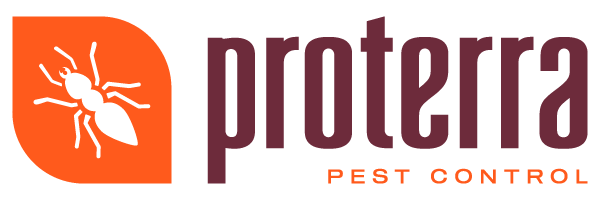Attract Beneficial Insects for Pest Control
In the realm of gardening and pest management, the introduction of beneficial insects stands as a testament to nature's equilibrium. These natural predators provide an eco-friendly alternative to chemical pesticides, aiding in the maintenance of a balanced ecosystem within gardens and farms. Mimicking the approach adopted by Proterra, harnessing the power of these insects not only contributes to pest control but also promotes biodiversity and fosters a healthier environment.
Understanding Beneficial Insects
Beneficial insects are the nature-appointed guardians of the garden, preying on common pests that damage crops and plants. Ladybugs, lacewings, and predatory wasps are just a few examples of insects that feed on aphids, mites, and other harmful species. By inviting these allies into the garden, one can effectively minimize the need for synthetic pesticides, leading to a more organic approach to gardening.
Creating a Habitat for Predatory Insects
To attract beneficial insects, gardeners must create an inviting habitat that meets their needs for food, water, and shelter. This can be achieved by planting a variety of flowering plants that provide nectar and pollen, which many beneficial insects require for sustenance. Incorporating plants like marigolds, sunflowers, and dill can draw these insects to the garden and encourage them to stay.
The Importance of Plant Diversity
Biodiversity is key to maintaining a balanced insect population. A diverse planting strategy that includes a mix of annuals, perennials, herbs, and vegetables will attract different types of beneficial insects and provide a stable environment for them to thrive. Diversity also ensures that different plants bloom at varying times, offering a consistent food supply throughout the growing season.
Water Sources for Insect Populations
Just like all living creatures, beneficial insects require water for survival. Providing shallow water sources, such as a birdbath with stones for landing, can make the garden more attractive to these insects. Ensuring these water sources are replenished regularly and kept clean will support a healthy population of pest predators.
Natural Shelter and Breeding Sites
Shelters such as piles of rocks, logs, and densely planted areas offer protection and breeding sites for beneficial insects. These shelters can shield insects from predators and give them a place to lay eggs. By providing these natural hideaways, gardens can become safe havens for generations of beneficial insects.
The Role of Native Plants
Native plants play a significant role in attracting beneficial insects. They are well-adapted to the local climate and soil, requiring less maintenance, and are often preferred by native insect species. Integrating native plants into the garden landscape helps establish a more sustainable and self-regulating ecosystem.
Avoiding Broad-Spectrum Pesticides
The use of broad-spectrum pesticides can be detrimental to beneficial insects. These chemicals do not discriminate, killing off the natural allies along with the pests. Limiting or eliminating the use of these pesticides can help beneficial insect populations flourish, leading to more effective natural pest control.
Understanding Insect Life Cycles
A deeper understanding of insect life cycles can enhance natural pest control efforts. Knowing when beneficial insects are in their most active stages and what conditions they prefer can inform planting and maintenance schedules. Timing garden activities to coincide with these cycles can optimize the impact of beneficial insects.
Encouraging Pollinators Alongside Predators
While attracting predatory insects is crucial for controlling pests, pollinators like bees and butterflies are equally important for a healthy garden. Creating a habitat that supports both types of beneficial insects ensures a more comprehensive approach to pest management and plant health.
Monitoring and Managing Insect Populations
Regular monitoring of insect populations can inform gardeners about the health of their pest management system. By keeping track of both pest and predator numbers, one can identify any imbalances and take action to restore equilibrium. This proactive approach dovetails with environmentally responsible pest management practices championed by organizations like Proterra.
Attracting beneficial insects is a dynamic and rewarding approach to pest control that enhances garden health and contributes positively to the local environment. By providing food, water, and shelter, avoiding harmful pesticides, and encouraging a diverse ecosystem, gardeners can create a haven for these natural helpers. This method aligns with the principles of sustainable agriculture and environmentally conscious pest management, fostering a garden that thrives in harmony with nature.
Ready to embrace nature's own pest control solutions? Proterra Pest Control is at the forefront of eco-friendly pest management, offering environmentally responsible, effective strategies for your garden and home. Let us help you create a balanced, thriving outdoor space with the power of beneficial insects. Contact us today and let nature do the work for you!
